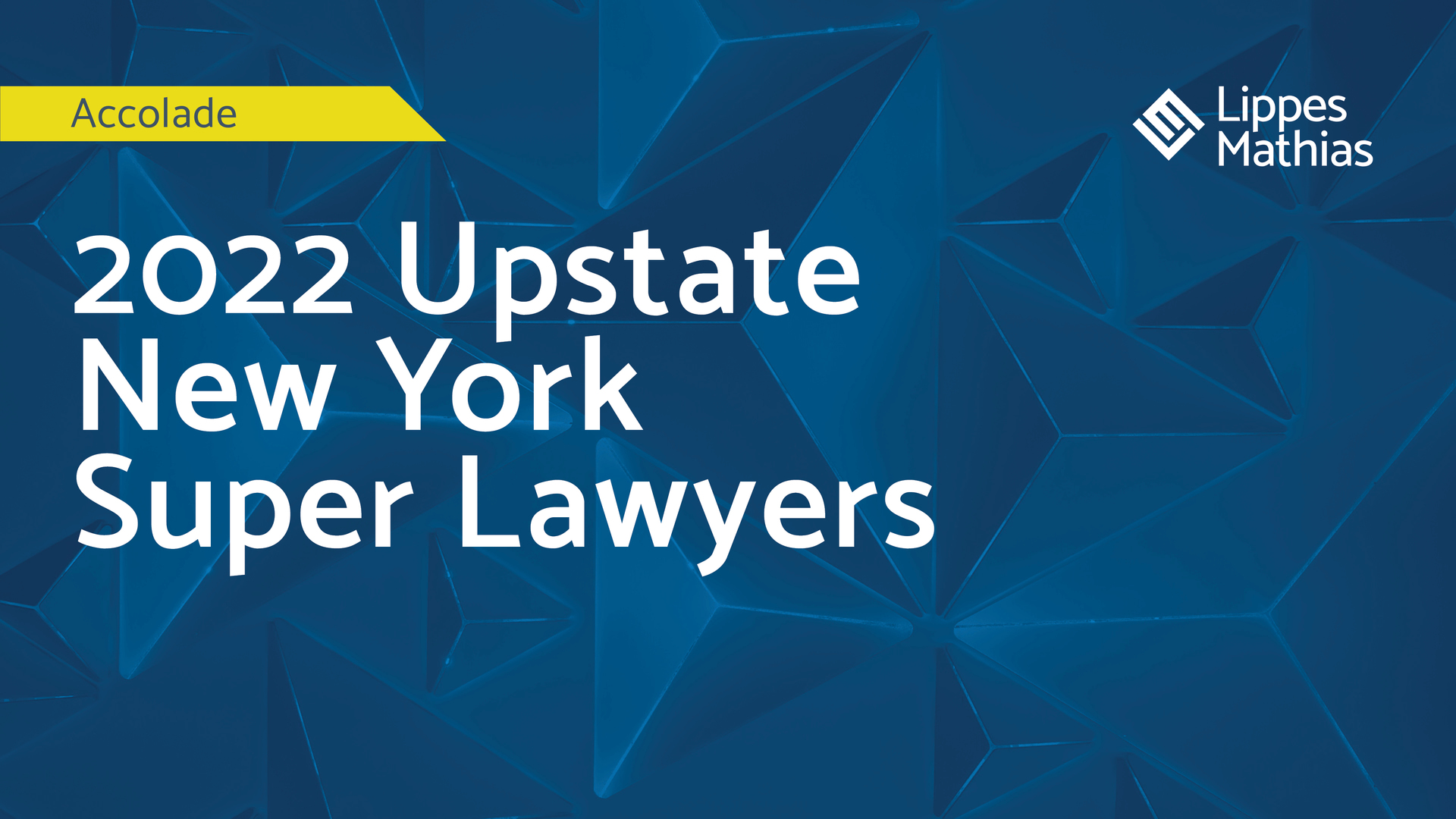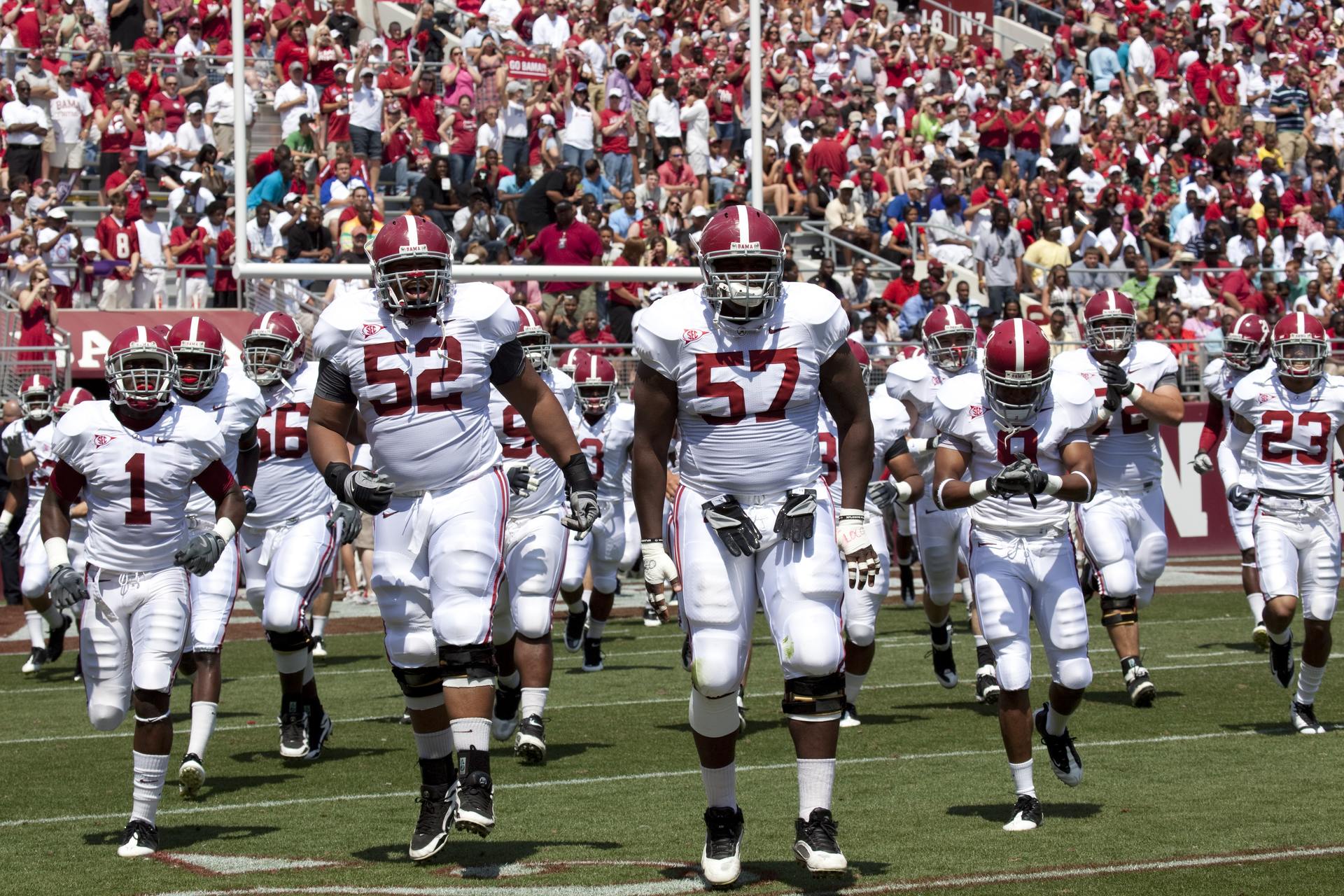Restaurant Revitalization Fund Applications Go Live
April 30, 2021 |
Client Alerts
Since the American Rescue Plan Act of 2021 was signed into law on March 11, 2021, restaurant owners and other eligible businesses have been eagerly waiting for the U.S. Small Business Administration (“SBA”) to make Restaurant Revitalization Fund applications available. On Tuesday, April 27, 2021, the SBA finally announced that applications will open on Monday, May 3, 2021, at 12 p.m. ET. Registration for the SBA application portal will begin on Friday, April 30, 2021, at 9 a.m. ET.
As background, the American Rescue Plan Act established the Restaurant Revitalization Fund relief program to provide $28.6 billion in grants to restaurants and other eligible businesses in order to keep entities operating. The Restaurant Revitalization Fund will provide restaurants and other eligible businesses with funding equal to their pandemic-related revenue loss up to $5 million per physical location, not to exceed $10 million total for the applicant and any affiliated businesses. Recipients are not required to repay the money as long as grant funds are used for eligible uses no later than March 11, 2023.
Eligible Applicants
Eligible entities who have experienced pandemic-related revenue loss include:
- Restaurants;
- Food stands, food trucks, food carts;
- Caterers;
- Bars, saloons, lounges, taverns;
- Snack and nonalcoholic beverage bars;
- Bakeries (if onsite sales to the public comprised at least 33% of gross receipts);
- Brewpubs, tasting rooms, taprooms (if onsite sales to the public comprised at least 33% of gross receipts);
- Breweries and/or microbreweries (if onsite sales to the public comprised at least 33% of gross receipts);
- Wineries and distilleries (if onsite sales to the public comprised at least 33% of gross receipts);
- Inns (if onsite sales of food and beverage to the public comprised at least 33% of gross receipts); and
- Licensed facilities or premises of a beverage alcohol producer where the public can taste, sample, or purchase products.
Additional Criteria for Eligible Applicants
In addition, eligible applicants must meet the following criteria:
- Form of Organization. Applicants must be the proper form of organization which include C corporations, S corporations, partnerships, limited liability companies, sole proprietors, self-employed individuals, independent contractors and tribal businesses. All other types of business are ineligible to apply.
- Correct Identification. Applicants are required to have a business tax identification number, which can be either a valid employer identification number, valid social security number of the business owner, or a valid individual taxpayer identification number.
- Operating Status. The operating status of the applicant is required to be either open, temporarily closed, or intending to open in the near future and incurring expenses as of March 11, 2021. If a business is permanently closed it is ineligible to apply for the funds.
- Bankruptcy. Eligible applicants may not have filed for bankruptcy under Chapter 7, or liquidating under Chapter 11. Applicants may be an entity operating under an approved (confirmed) plan of reorganization under a Chapter 11, Chapter 12 or 13 bankruptcy.
- Maximum Locations. Eligible applicants are only permitted to own or operate (together with any affiliated business) 20 or fewer locations as of March 13, 2020, regardless of the name or type of business at those locations. When determining the number of locations, applicants should look to the SBA’s affiliation rules to determine if they have 20 or fewer locations.
- Paycheck Protection Program. Applicants are not excluded because they applied for a Paycheck Protection Program (“PPP”) loan, were granted PPP funds, or have an application for a PPP loan pending.
- Shuttered Venue Operators Grant. An eligible applicant is not permitted to have received a Shuttered Venue Operators Grant from the SBA, or have an application for Shuttered Venue Operators Grant pending.
Priority Period
For the first 21 days of the application period, although the SBA will accept applications from all eligible applicants, it will only process and fund applications from “priority groups.” As described by the SBA, “priority groups” include small businesses that are at least 51% owned by one or more individuals who are women, veterans, and/or socially and economically disadvantaged. However, it is worth noting that applicants are permitted to combine the different classifications in order to get to the 51% threshold. For example, if an applicant has 5 equal members each owning 20% of the business and one owner is a veteran, and two owners are women, then the SBA would consider the applicant to have met the threshold of 51% of the applicant ownership by a priority group. According to the SBA “socially and economically disadvantaged” individuals are defined as the following.
- “Socially disadvantaged individuals” are those persons who have been subjected to racial or ethnic prejudice or cultural bias because of their identity as a member of a group without regard to their individual qualities. The following classifications are presumed to be “socially disadvantaged” individuals: Black Americans, Hispanic Americans, Native Americans (including Alaska Natives and Native Hawaiians), Asian Pacific Americans, or Subcontinent Asian Americans. 13 CFR § 124.103
- “Economically disadvantaged individuals” are those socially disadvantaged individuals whose ability to compete in the free enterprise system has been impaired due to diminished capital and credit opportunities as compared to others in the same business area who are not socially disadvantaged. 13 CFR § 124.104
During this initial period, the SBA will fund “priority group” applications where the applicant has self-certified that it meets the eligibility requirements. After the initial 21 days and through the exhaustion of the money in the Restaurant Revitalization Fund, the SBA will process applications from all eligible applicants in the order in which they are approved by the SBA.
Funds Designated Specifically for Small Businesses
In order to make sure that small businesses and those located in underserved communities receive funding under the program, SBA has set aside specific amounts of the Restaurant Revitalization Fund for certain applicants.
- $500 million has been designated for applicants with 2019 gross receipts of not more than $50,000;
- $5 billion has been designated for applicants with 2019 gross receipts of not more than $500,000; and
- $4 billion has been designated for applicants with 2019 gross receipts from $500,001 to $1,500,000.
Restaurant Revitalization Fund Grant Calculations
Applicants in operation prior to or on January 1, 2019, are eligible to receive a grant equal to the 2019 gross receipts minus the 2020 gross receipts minus the PPP loan amounts.
Applicants that began making sales partially through 2019, are eligible to receive a grant equal to the average 2019 monthly gross receipts x 12 minus 2020 gross receipts and the PPP loan amounts.
Applicants that began making sales on or between January 1, 2020, and March 10, 2021, and applicants that have not yet opened but have incurred eligible expenses are eligible to receive a grant equal to the amount spent on eligible expenses between February 15, 2020, and March 11, 2021, minus the 2020 and 2021 (through March 11, 2021) gross receipts and also the PPP loan amounts. Applicants that began making sales partially through 2019 have the option to use this calculation instead of the one previously described.
For the purposes of the Restaurant Revitalization Fund, “gross receipts” does not include amounts received from PPP loans (first draw or second draw), amounts received from Economic Injury Disaster Loans (“EIDL”), advances on EIDL (EIDL Advance and Targeted EIDL Advance), state and local grants (via CARES Act or otherwise), or SBA Section 1112 payments (loan payment relief provided in the CARES Act).
Necessary Documentation
In addition to the application itself, an applicant must provide IRS Form 4506-T, and documentation showing the gross receipts of the business. Any of the following documents are acceptable to demonstrate gross receipts and, if applicable, eligible expenses:
- Business tax returns (IRS Form 1120 or IRS 1120-S);
- IRS Forms 1040 Schedule C; IRS Forms 1040 Schedule F;
- IRS Form 1065 for partnerships (including K-1s);
- Bank statements;
- Externally or internally prepared financial statements such as Income Statements or Profit and Loss Statements; and
- Point of sale report(s), including IRS Form 1099-K.
For brewpub, tasting room, taproom, brewery, winery, distillery, or bakery applicants, they are also required to provide documentation evidencing that onsite sales to the public comprise at least 33% of gross receipts for 2019. This may include Tax and Trade Bureau Forms filed, state or local government forms filed, or internally created reports from inventory management, sales reporting or accounting software.
Inn applicants are additionally required to provide documentation evidencing that onsite sales of food and beverage to the public comprise at least 33% of gross receipts for 2019. This may include internally prepared revenue or accounting reports.
Permitted Uses of Grants
Funds may be used for specific expenses, including:
- Business payroll costs (including sick leave, health care, life, disability, vision or dental premiums and benefits paid during the employee leaves);
- Payments on any business mortgage obligation (includes principal and interest, but does not include pre-payments);
- Business rent payments (does not include prepayment of rent);
- Business debt service (both principal and interest, but does not include any prepayment of principal or interest);
- Business utility payments (electricity, gas, water, telephone, internet or any other utility used in the ordinary course of business);
- Business maintenance expenses (includes maintenance of walls, floors, deck surfaces, furniture, fixtures and equipment);
- Construction of outdoor seating;
- Business supplies (including protective equipment and cleaning materials);
- Business food and beverage expenses (including raw materials for beer, wine or spirits);
- Covered supplier costs (which are essential to the operations of the business, made pursuant to contract, order, purchase order in effect prior to the receipt of the Restaurant Revitalization Fund grant, or perishable goods pursuant to contract, order, purchase order during the covered period); and
- Business operating expenses (incurred through normal business operations that are necessary and mandatory for the business).
It is important to note, an applicant is not permitted to appropriate grant funds from the Restaurant Revitalization Fund for items that were paid for by a PPP loan. This will apply to payroll expenses, mortgage payments, rent payments, business debt service, and utilities that will qualify under the PPP loan forgiveness.
Timeframes for Use of Grants and Reporting
Awarded Restaurant Revitalization Fund grants must be used by the recipients by March 11, 2023, and used on eligible expenses that have been incurred beginning on February 15, 2020, and ending on March 11, 2023. If the business permanently closes during that time period, the covered period will end when the business permanently closes, or on March 11, 2023, whichever occurs sooner. If the awardee has any unused amounts from the Restaurant Revitalization Fund, they must be returned to the United States Treasury.
By no later than December 31, 2021, all recipients are required to report through the SBA application portal how much of their award has been applied against each eligible expense category. If the awardee has fully spent their grant funds prior to December 31, 2021, they will be required to certify in the application portal that the grant proceeds have been used on eligible expenses. For businesses that have not fully spent the grant proceeds prior to December 31, 2021, they will be required to submit annual reports until they have spent all of the grant funds, or the performance period has expired. It is important to note, the SBA reserves the right to request supplemental documentation from the awardee in order to validate the certification.
How to Apply
There are three ways to apply for the Restaurant Revitalization Fund:
- Through a recognized SBA Restaurant Partner (Square, Toast, Clover, NCR Corporation). There is no need for an applicant that is working with Square or Toast to pre-register.
- Through SBA directly at https://restaurants.sba.gov.
- Telephonically by calling (844) 279–8898, and completing the questionnaire and attestations with the support of an SBA agent. The completed Restaurant Revitalization Fund application and signature documents are mailed to the applicant, and the applicant must mail fully executed and notarized documents back to the SBA.
- Current estimates by the SBA provide that SBA’s review of the applications will be completed within 14 days.
With any questions regarding this Client Alert, please contact Lippes Mathias Partner Matthew Hosford at 518.462.0110 Ext. 1446 or mhosford@lippes.com.
Related Team
Related Content

Press Releases
2022 Upstate New York Super Lawyers Recognizes 48 Attorneys from Lippes Mathias
August 23, 2022


Corporate Blog
NLRB General Counsel’s Memorandum Foreshadows Additional Changes to NCAA Athletics
October 26, 2021

Press Releases
2021 Upstate New York Super Lawyers Recognizes 39 Attorneys from Lippes Mathias
August 20, 2021

In The news
Partner Robert E. Ganz mentioned in article about the Jewish National Fund "Leading lawyers join exclusive networking group"
October 27, 2020

TAGS
CLIENT ALERT
PRACTICE TEAMS
SPORTS, ENTERTAINMENT & HOSPITALITY








